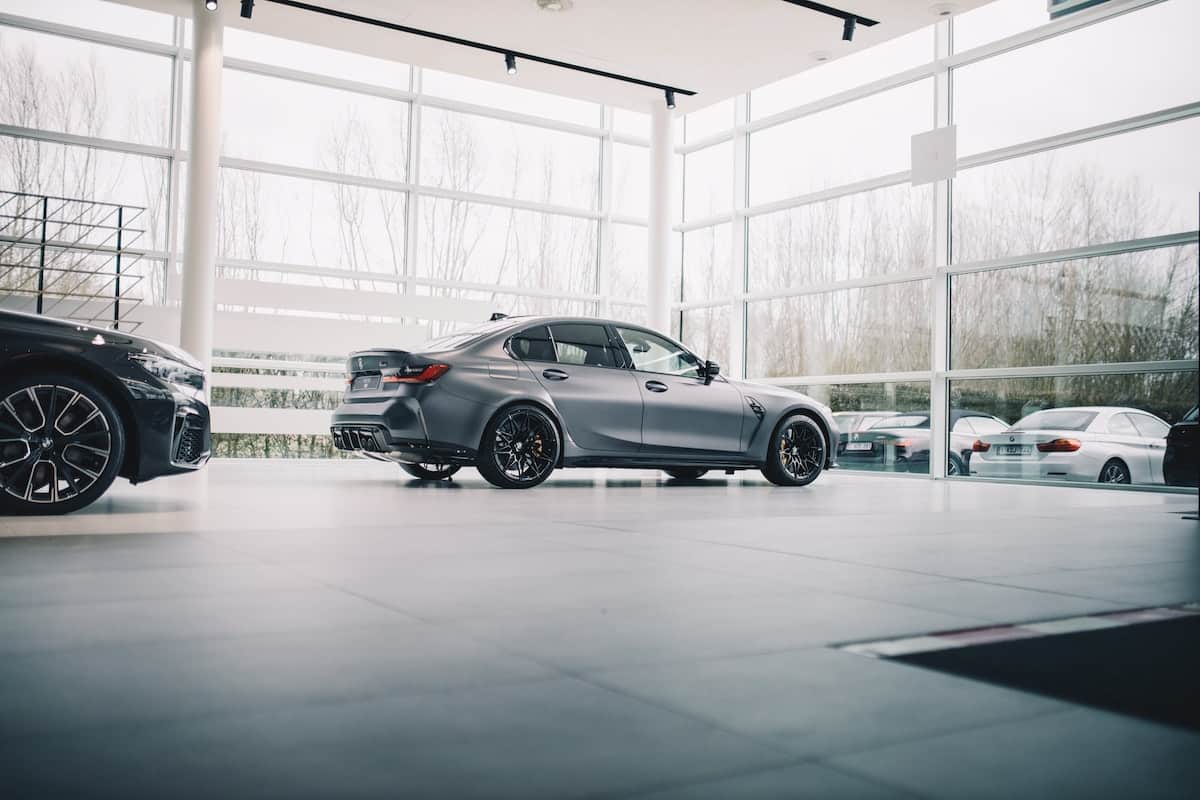Buying a new car? Here are 6 things you need to remember before you sign on the dotted line
Published on Apr 17, 2022 at 3:40 AM (UTC+4)
by Patrick Jackson
Last updated on Apr 15, 2022 at 2:15 PM (UTC+4)
Edited by
Patrick Jackson
Demand for new cars is through the roof right now, particularly amid parts shortages that are slowing the supply chain drastically.
With so many looking to upgrade to a new set of wheels and prepared to pay to avoid long wait times, we’ve put together this list of six things you absolutely need to take into account before heading to a dealership and signing your money away.
QUIZ: Can you tell which movies these cars are from?
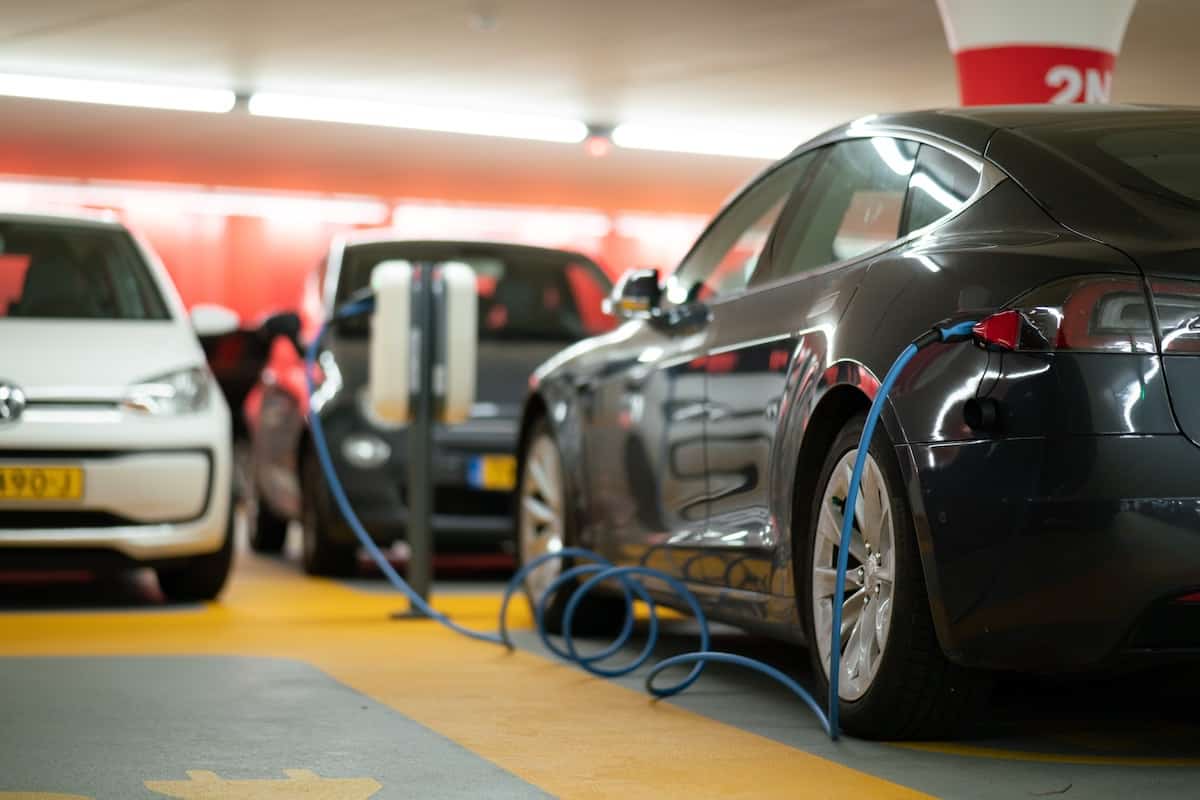
1. Petrol, diesel, hybrid, or electric?
When considering what means of propulsion you want your new car to have, it’s important to take into account how you’ll use your car and what the associated costs are.
Increasing fuel prices will no doubt have many looking to go for an electric or hybrid car, but higher purchase prices and additional costs like home charging stations are important to take into account.
Whether you can charge it at your house or not will depend on your type of residence also, and with an EV what range it offers is an important factor also.
Similarly, choosing between petrol and diesel will depend on the type of driving you do as well. Diesels might promise impressive fuel economy, but are more suited to long distance driving rather than idling away at stoplights.
As for petrol cars, it’s worth looking across the whole range to see what offers the best blend of performance and efficiency, as more modern turbocharged engines can beat more dated naturally aspirated engines on both counts.
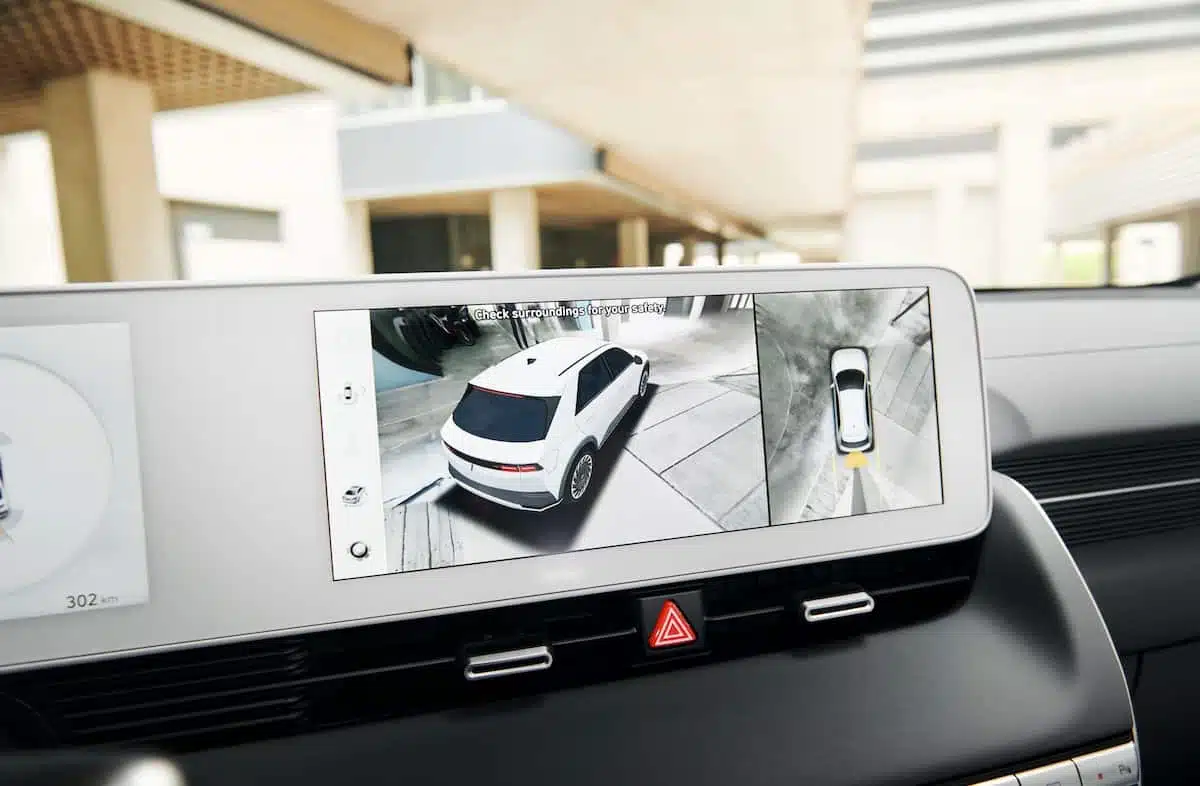
2. What technology is on offer?
The range of technology offered in new cars becomes broader and more diverse by the day, so it’s important to consider what features you really need or want.
Connectivity will no doubt be at the top of the list for most people, so finding out whether or not the car has Apple CarPlay or Android Auto and whether it’s wired or wireless will no doubt be crucial.
On the same note, finding a place to keep everyone’s devices charged is also important, so look at what USB or USB-C charging ports are on offer, and if wireless charging is available also.
Driver assistance technology is becoming increasingly important also, so look for what active safety tech is offered.
Autonomous emergency braking, adaptive cruise control, and lane tracing are some such systems. Features like a 360-degree camera and parking sensors are worth considering as well.
READ MORE: The 10 best cheap gadgets that will breathe new life into your car
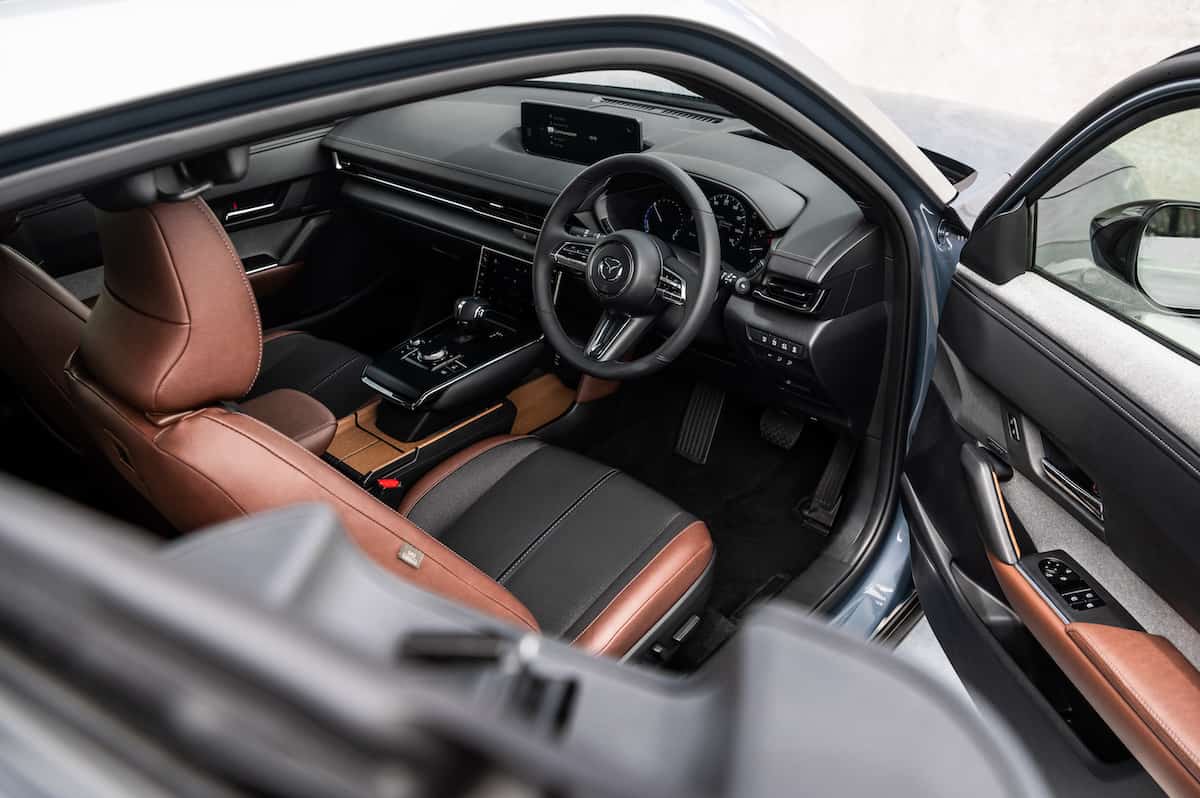
3. What interior materials are on offer?
The basic choices here are cloth and leather, and which one of these is better for you will depend largely on your lifestyle as well as personal preference.
Those with pets such as dogs will want a harder wearing material, while others who live in hotter climates may want cooler cloth rather than searing hot leather – although the availability of heated or cooled seats could alleviate temperature concerns.
Be aware that while some manufacturers will allow the choice of either on their models, others limit certain trim levels to just one type of material so make sure you’re not giving up other features you may want just for your preferred seat covering.
For those among you more environmentally conscious, it’s worth keeping an eye out for manufacturers that use sustainably-sourced materials in their vehicles.
Land Rover, for instance, offers upholstery made from eucalyptus, while Mazda has experimented with trim made from recycled plastic bottles and cork.
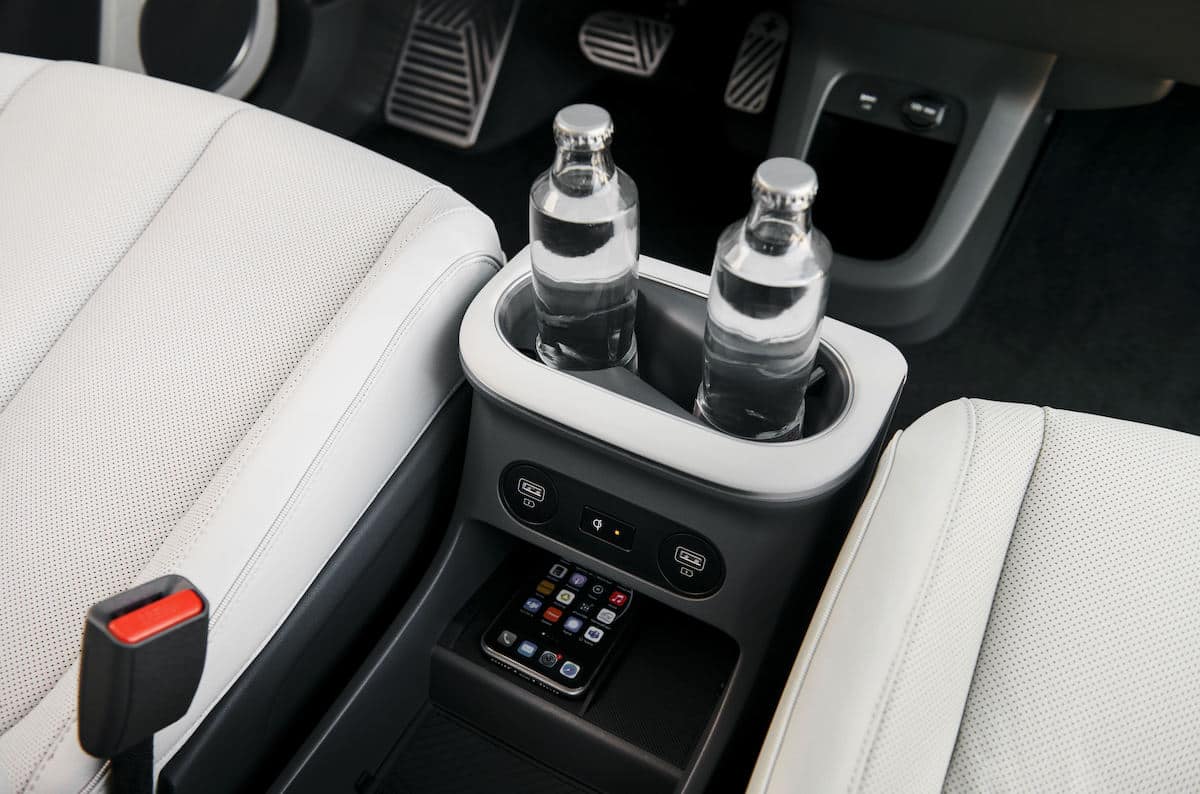
4. What storage options does the car offer?
Boot space is obviously the first thing most will consider with any car, and it’s worth looking around back there to see if there’s any under-floor storage, hooks for bags to hang from so they aren’t strewn around, and if there are luggage nets for other loose items.
Pay attention to how easy it is to load the boot as well by assessing the load lip height and the size of the boot opening.
Storage options that might pass your mind on a quick test drive, though, are those on offer inside the cabin.
The size of the door pockets and bottle holders; the centre console and glove box; pockets on the front seatbacks; and trays for items like your phone and wallet or purse are all things you’ll be glad you assessed in the long run.
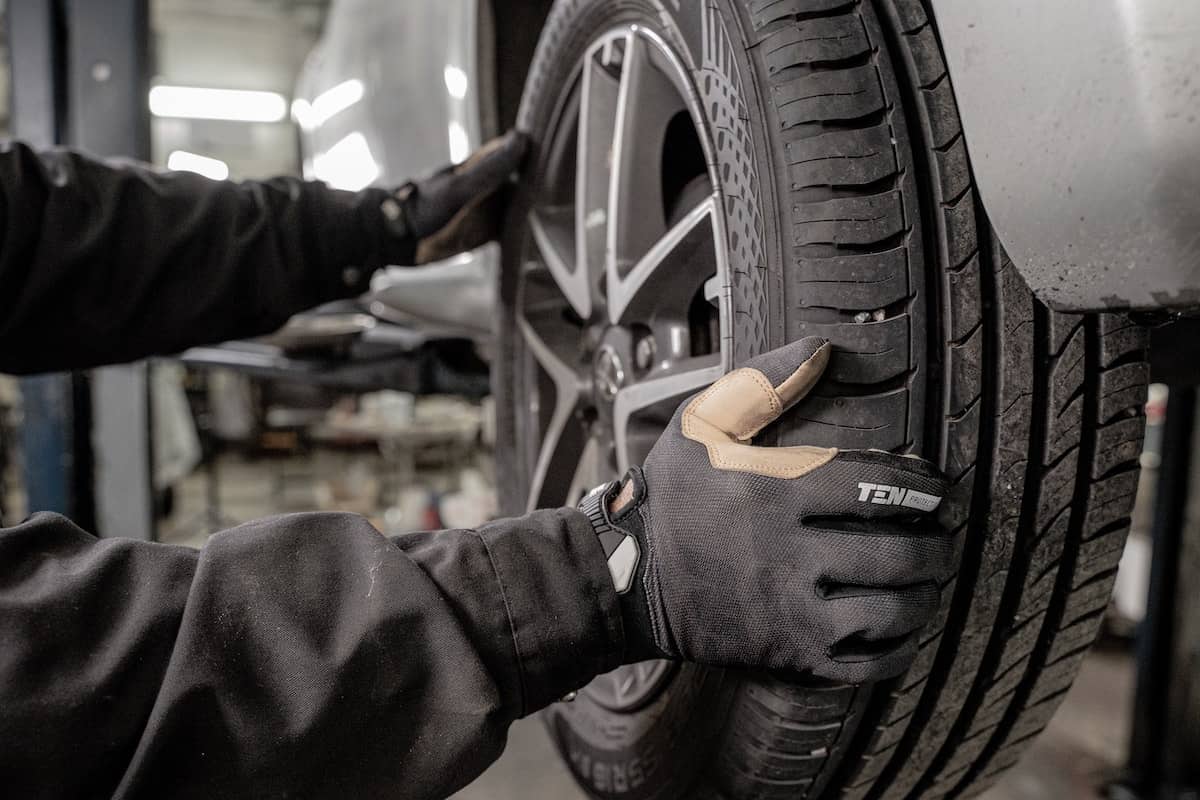
5. How much will the car cost in the long run?
While the initial purchase price or finance rate is the number that will be on most people’s minds, it’s important to consider the ownership proposition the manufacturer offers.
The length of the warranty is one of the most important things to help keep unforeseen repair costs down in the long run, so pay attention to the duration in years and check whether there is a mileage limitation on it.
Capped-price servicing is something many manufacturers offer these days as well, so there is transparency around what each service will cost as a result.
Pre-paid servicing plans are something others may offer, particularly luxury brands.
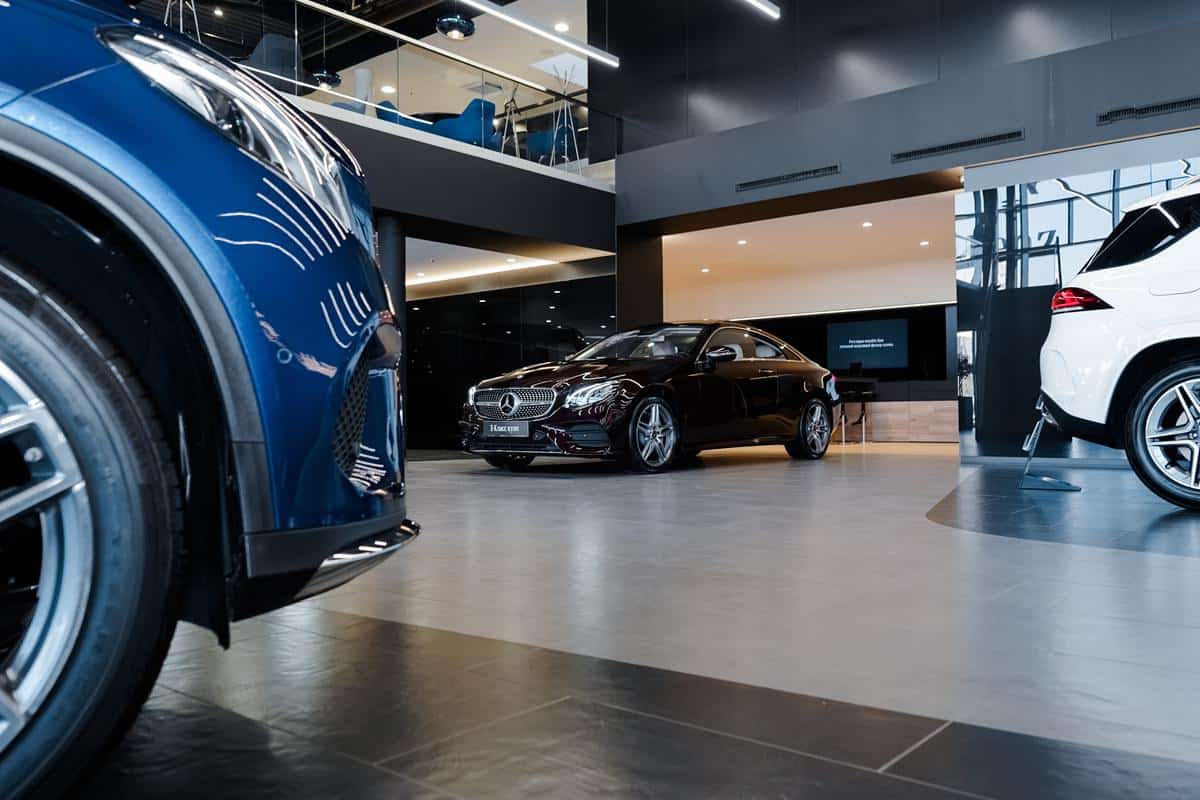
6. Finally, don’t forget to shop around for your new car
While many may have their sights set on a particular car brand or model, you’ll never know what else is out there if you don’t go looking for it.
It’s always worth test-driving comparable cars to the one you’re looking at to see what they’re like hands-on in every regard from cabin design to how they drive.
If you’re looking at a car from a premium brand, consider looking at cheaper offerings from mainstream brands as well, as many now offer the same technology and luxuries for an often much lower cost.
WATCH:
DISCOVER SBX CARS: The global premium car auction platform powered by Supercar Blondie
A car zealot from a young age, Patrick has put his childhood spent obsessing over motoring magazines and TV shows to good use over the past six years as a journalist. Fuelled by premium octane coffee, he’s contributed to Finder, DriveTribe, WhichCar, Vehicle History and Drive Section.
